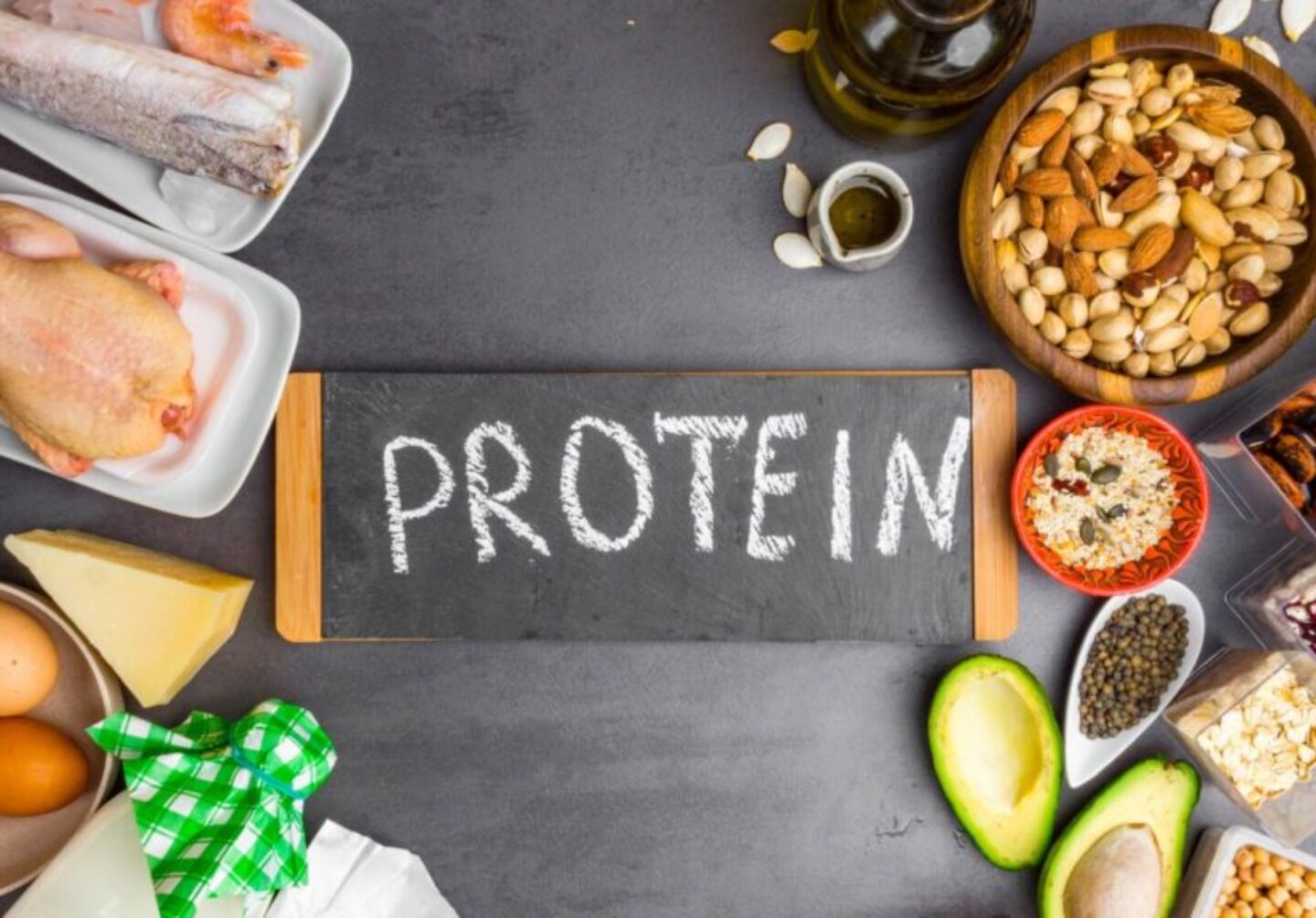Nutrient Spotlight Protein
I’m sure you’ve heard one before…. Everyone has an opinion about protein. How much you need, where to get it from and when to eat it. So, what’s the deal with protein, and how much do kids really need?
What is Protein?

Protein is one of the three macronutrients, alongside carbohydrates and fats, that our bodies need in relatively large amounts. It is made up of amino acids, often referred to as the “building blocks” of protein. There are 20 different amino acids, nine of which are considered essential because the body cannot produce them, so we must get them from the foods we eat. The other 11 can be produced by our bodies and are considered non-essential.
What Does Protein Do?

Tissue Building and Repair: Protein is crucial for building and repairing tissues in our muscles, organs, skin, hair, and nails.
Enzymes and Hormones: Many enzymes and hormones in our bodies are made of proteins, helping to regulate various processes.
Immune System Support: Antibodies, which are essential for our immune system, are proteins that help fight off infections and illnesses.
Energy Source: While carbohydrates are our primary energy source, in times of need (like during intense exercise or when carbohydrate intake is low), protein can be broken down into amino acids and converted to glucose for energy.
Sources of Protein

Protein is found in a variety of foods, both from animal and plant sources. However, not all proteins are created equal. Animal protein and plant protein differ in their amino acid profiles and sources. Animal proteins, such as those found in meat, dairy, and eggs, are considered “complete” proteins because they contain all nine essential amino acids that the human body cannot produce on its own. These essential amino acids are crucial for various bodily functions, including muscle building and repair. Plant proteins, found in foods like legumes, nuts, seeds, and grains, are often considered “incomplete” because they lack one or more of the essential amino acids. Combining different plant protein sources, such as beans and rice or hummus and whole-grain pita, can create a complete amino acid profile.
Animal Sources:
- Meats (chicken, turkey, beef, pork)
- Fish and seafood
- Eggs
- Dairy products (milk, cheese, yogurt)
- Whey-based protein power
Plant Sources:
- Legumes (beans, lentils, chickpeas)
- Nuts and seeds
- Tofu and tempeh (soy products)
- Whole grains (e.g. quinoa, amaranth)
- Plant-based protein powder
Recommended Intake
The recommended protein intake varies based on age, gender, and activity level. Here’s a breakdown for different age groups:
Early Childhood (0-5 Years)
Boys: 13-19 grams per day
Girls: 13-19 grams per day
Middle Childhood (6-12 Years)
Boys: 19-34 grams per day
Girls: 19-34 grams per day
Adolescence (13-18 Years)
Boys: 52-61 grams per day
Girls: 46-52 grams per day
During adolescence, protein needs increase due to rapid growth and development. Boys generally have higher protein needs than girls because they tend to have more muscle mass.
Mealtime Tips to Increase Protein Intake

Include Protein at Each Meal: Aim to have a source of protein (animal or plant-based) at breakfast, lunch, and dinner.
Healthy Snacks: Opt for protein-rich snacks like Greek yogurt, nuts, cheese sticks, or hummus.
Variety: Mix up protein sources to ensure a wide range of amino acids and don’t forget to combine plant based sources. Some examples are beans with rice, salad with grilled chicken, or a tofu stir-fry with vegetables.

